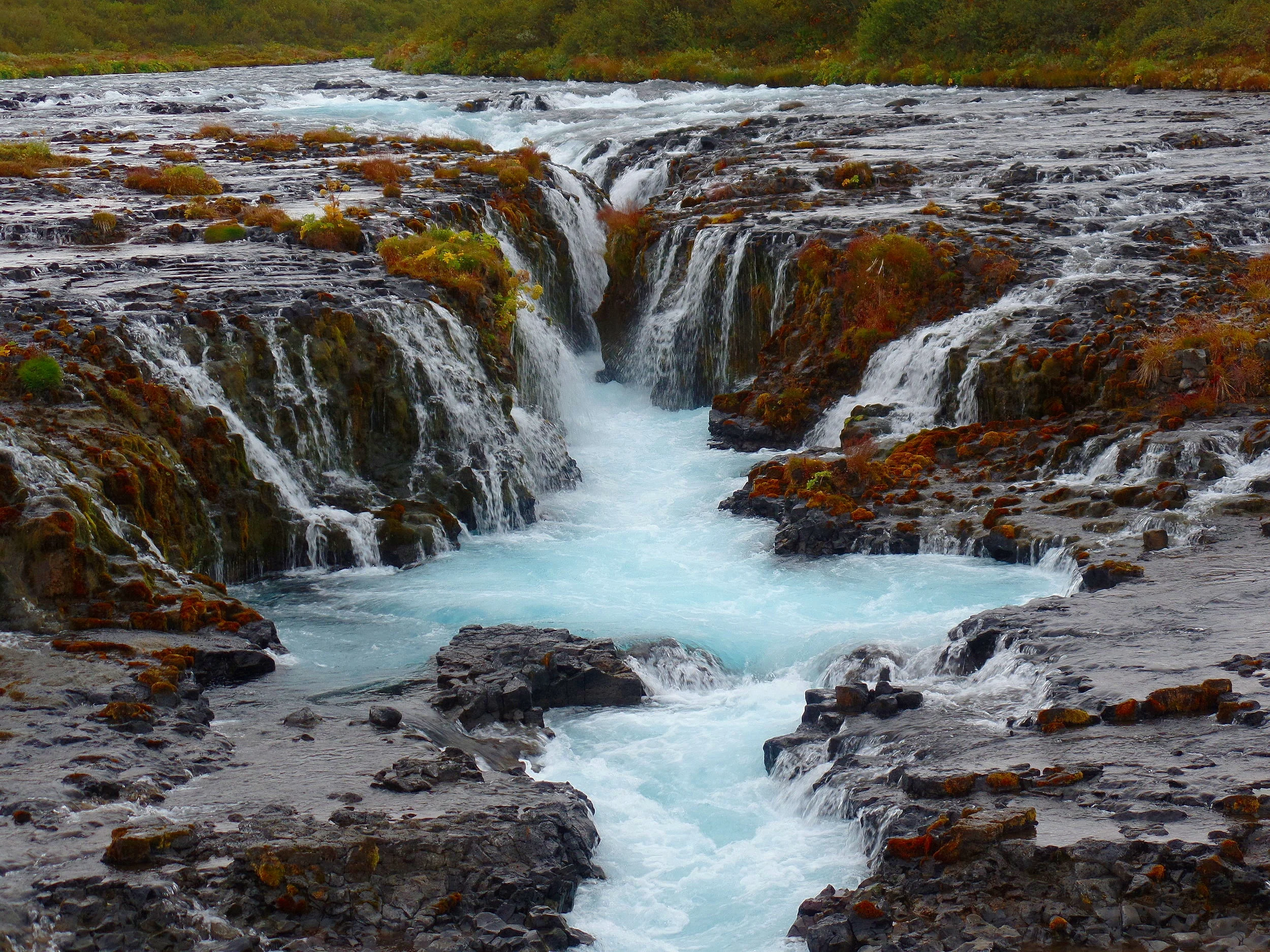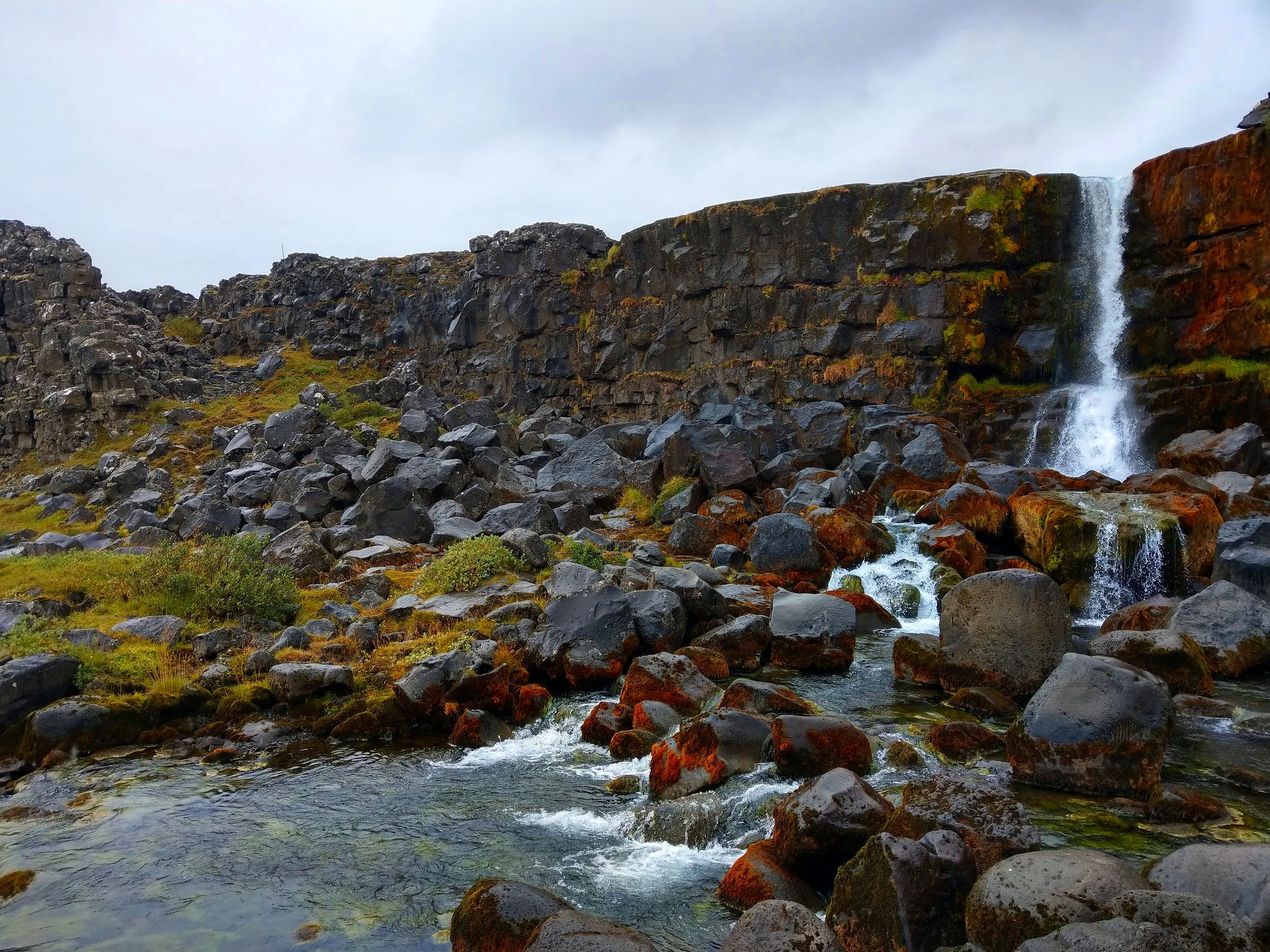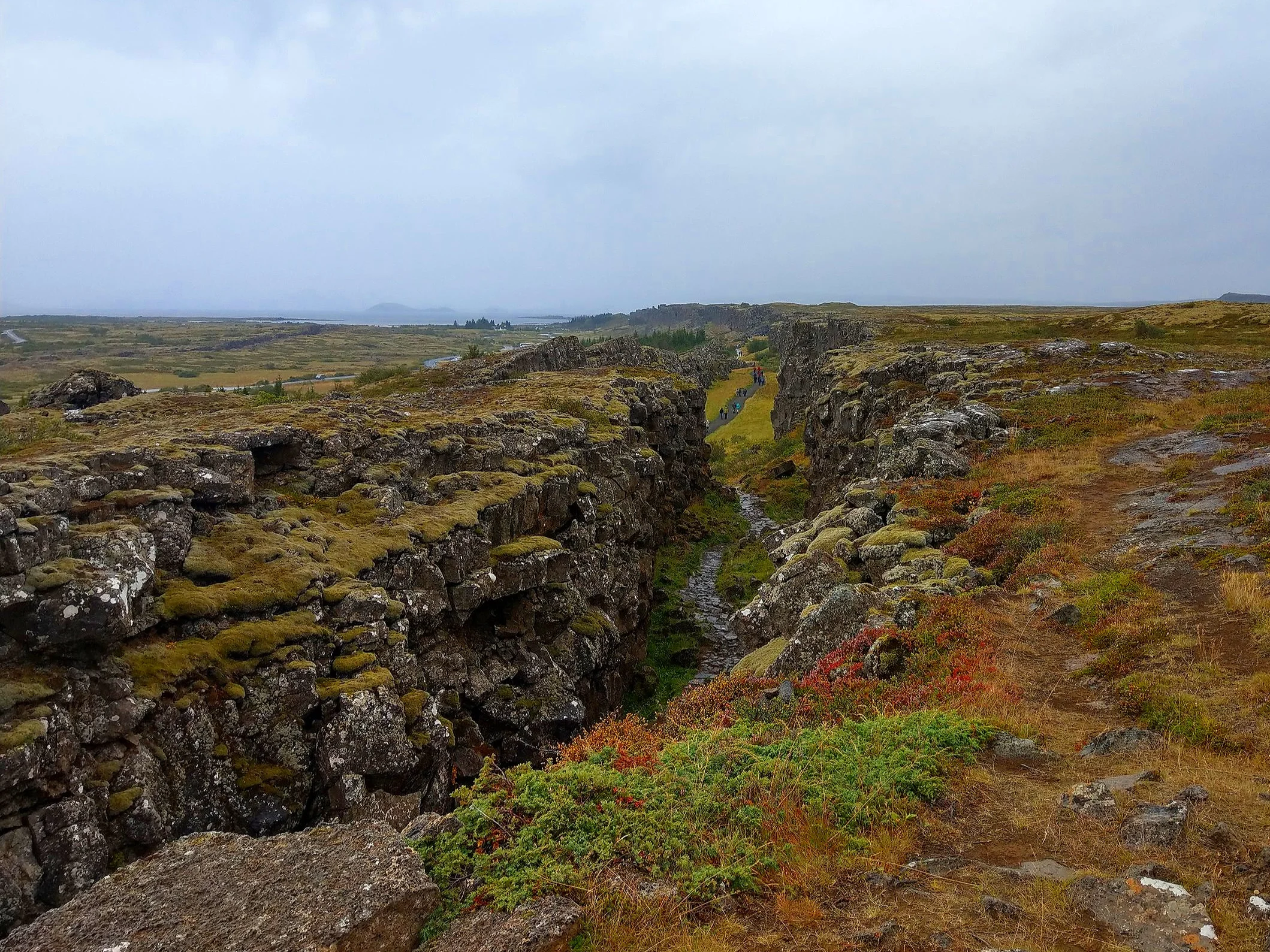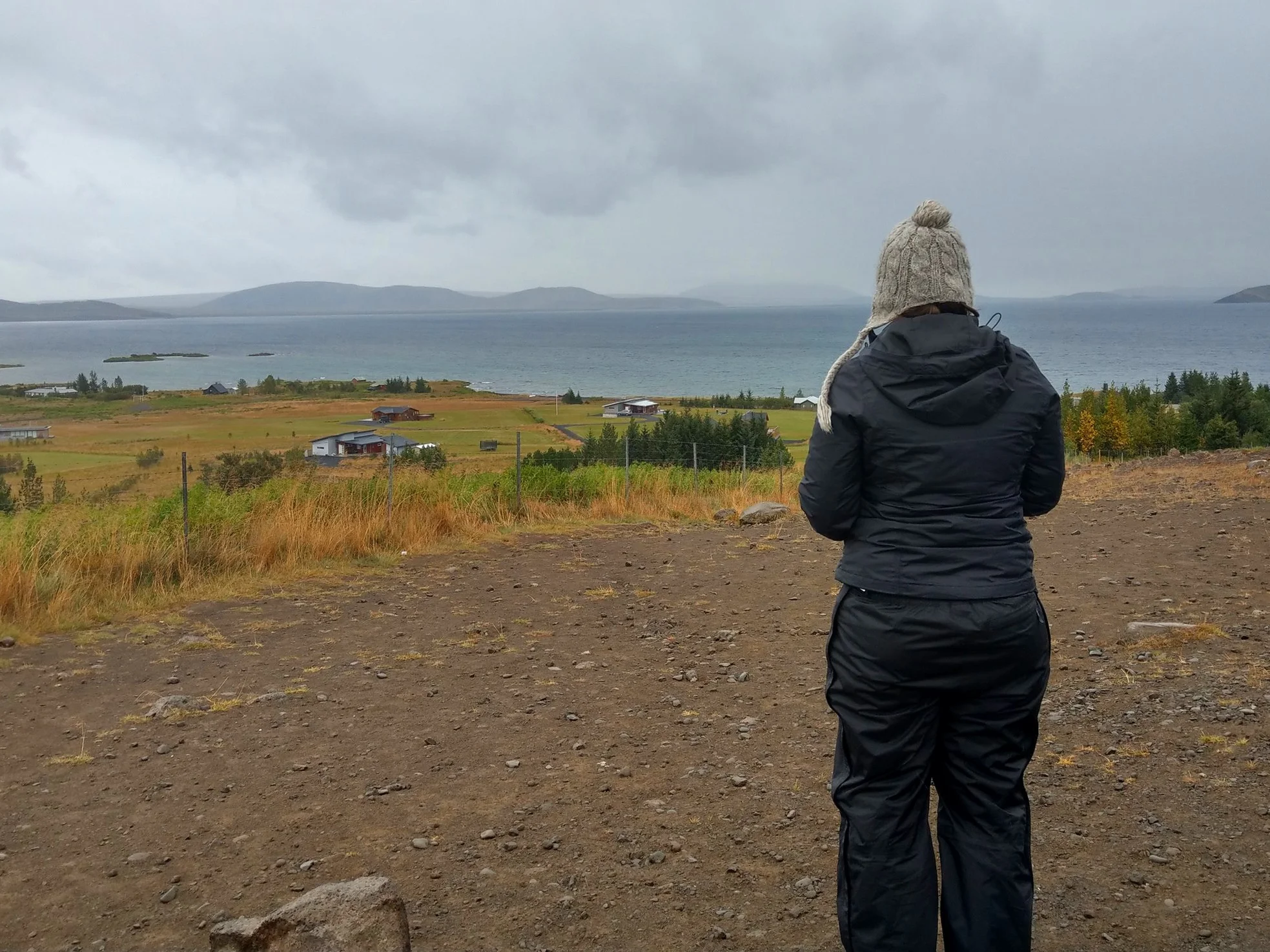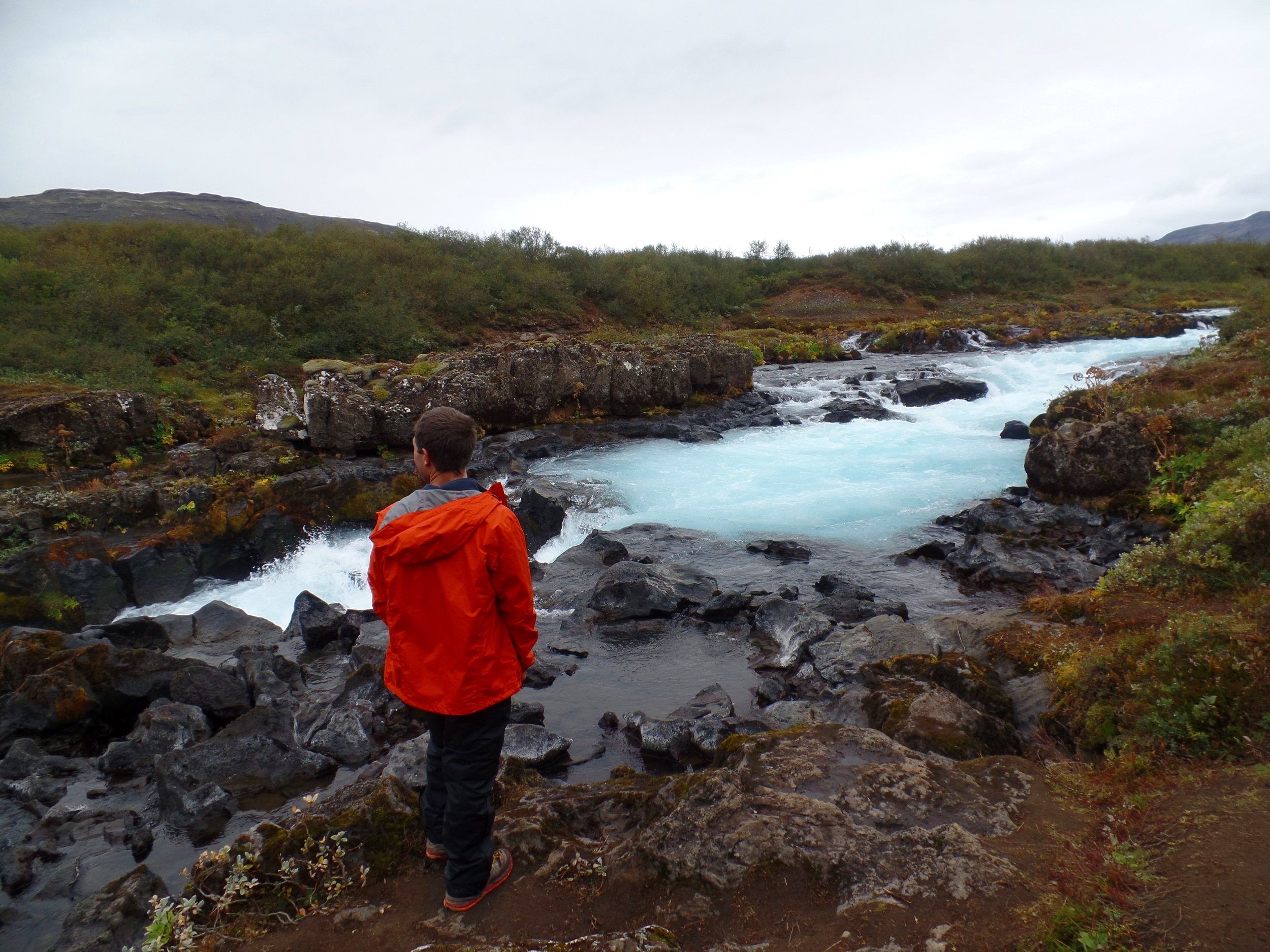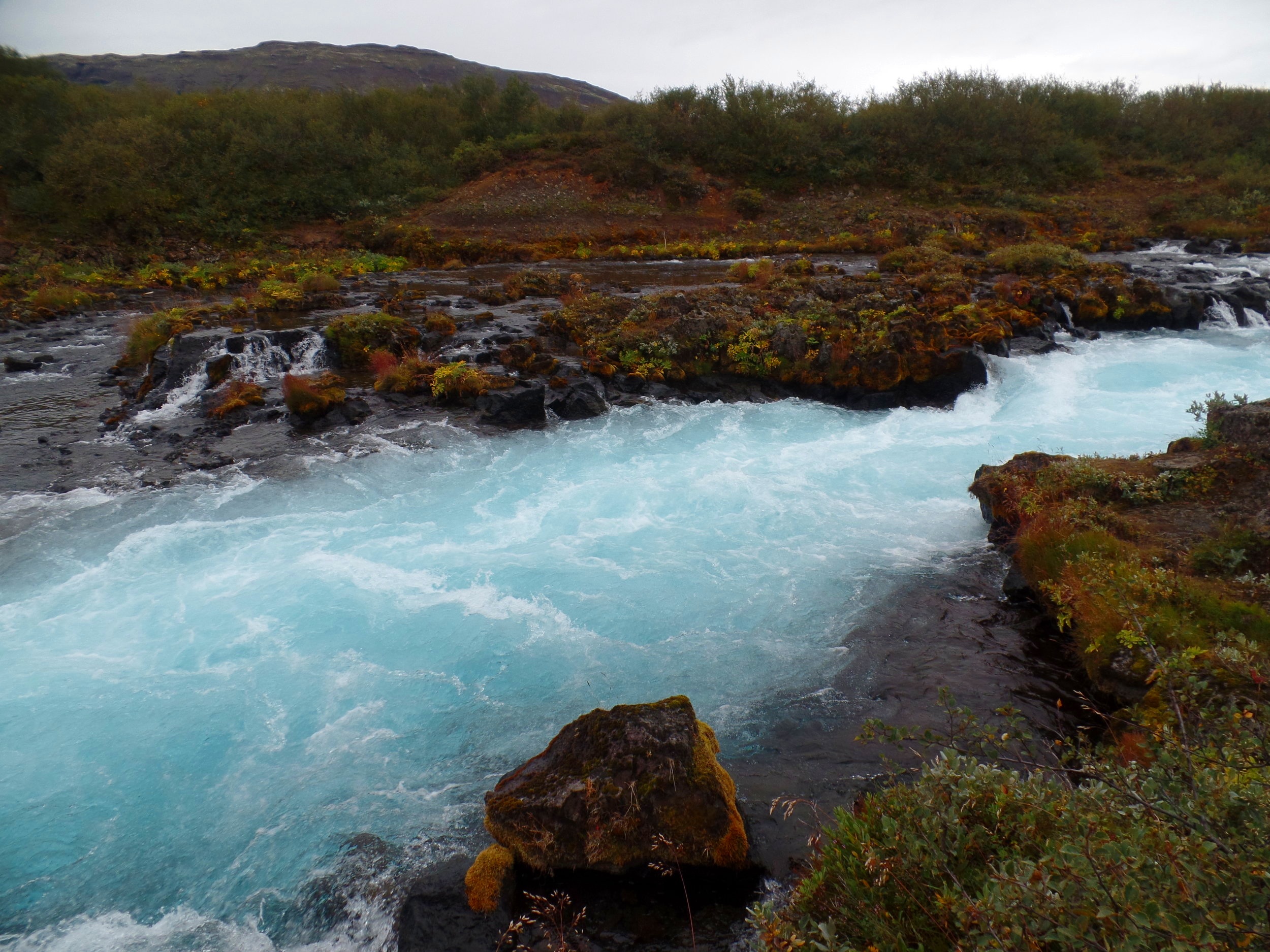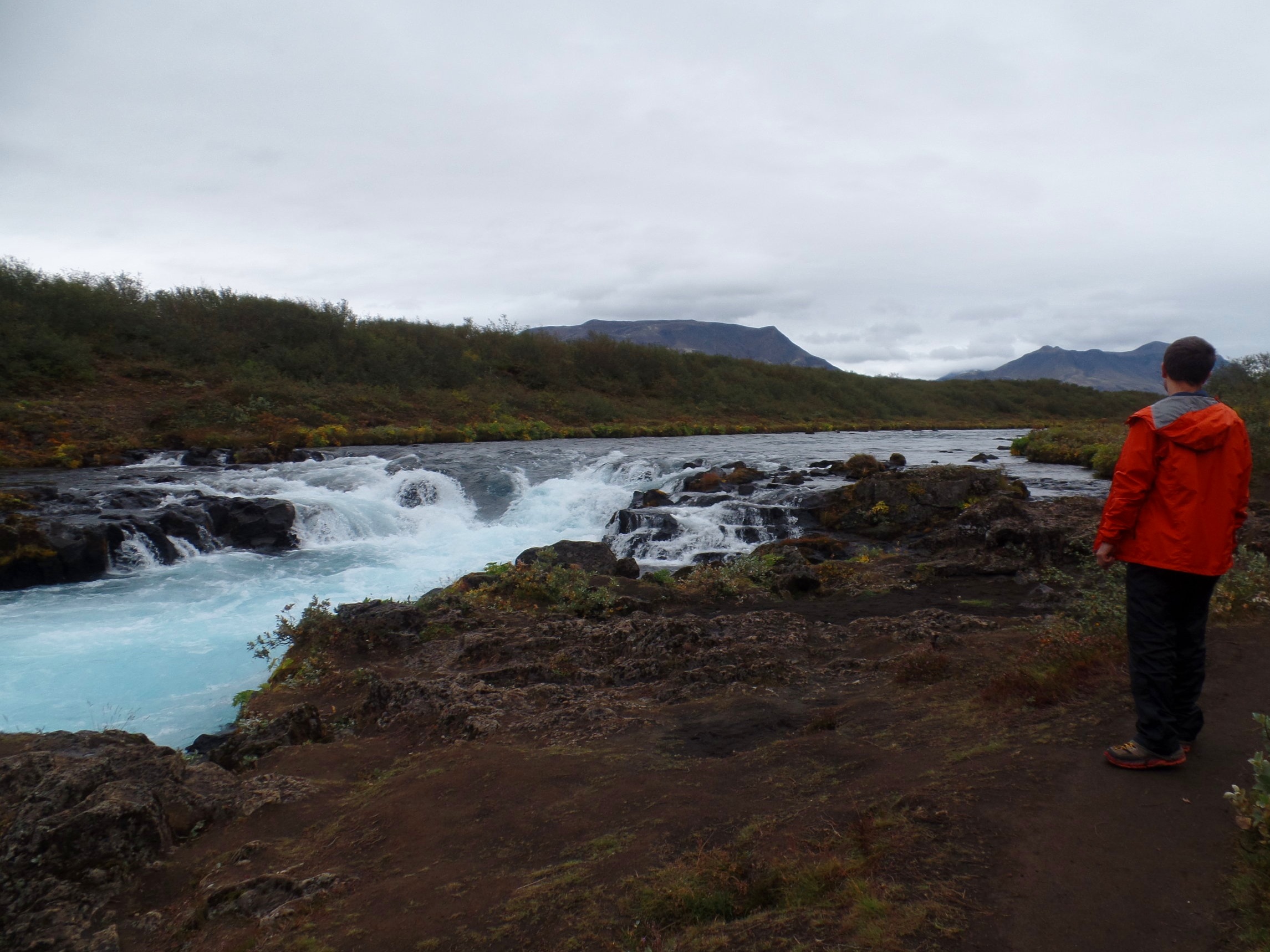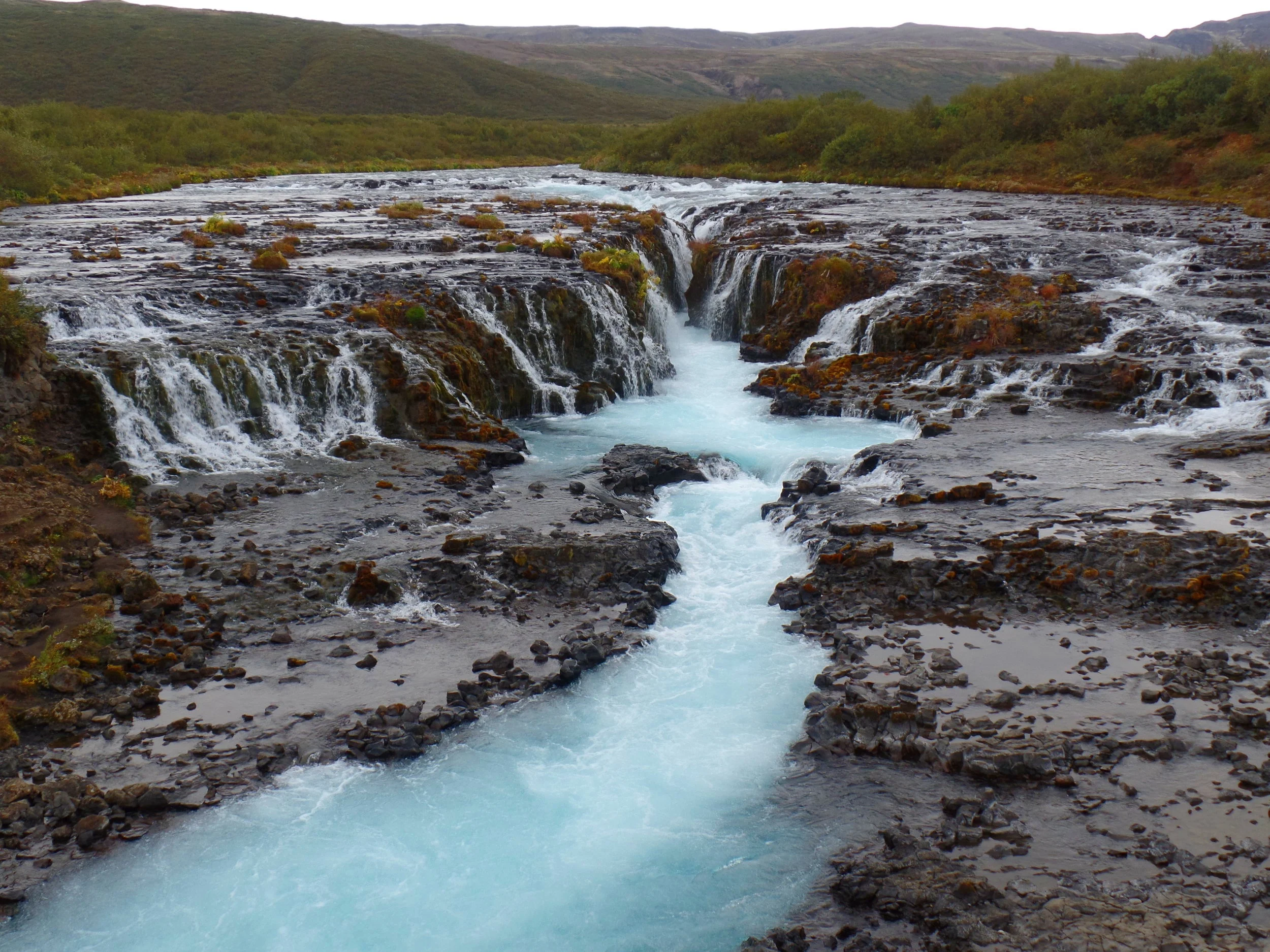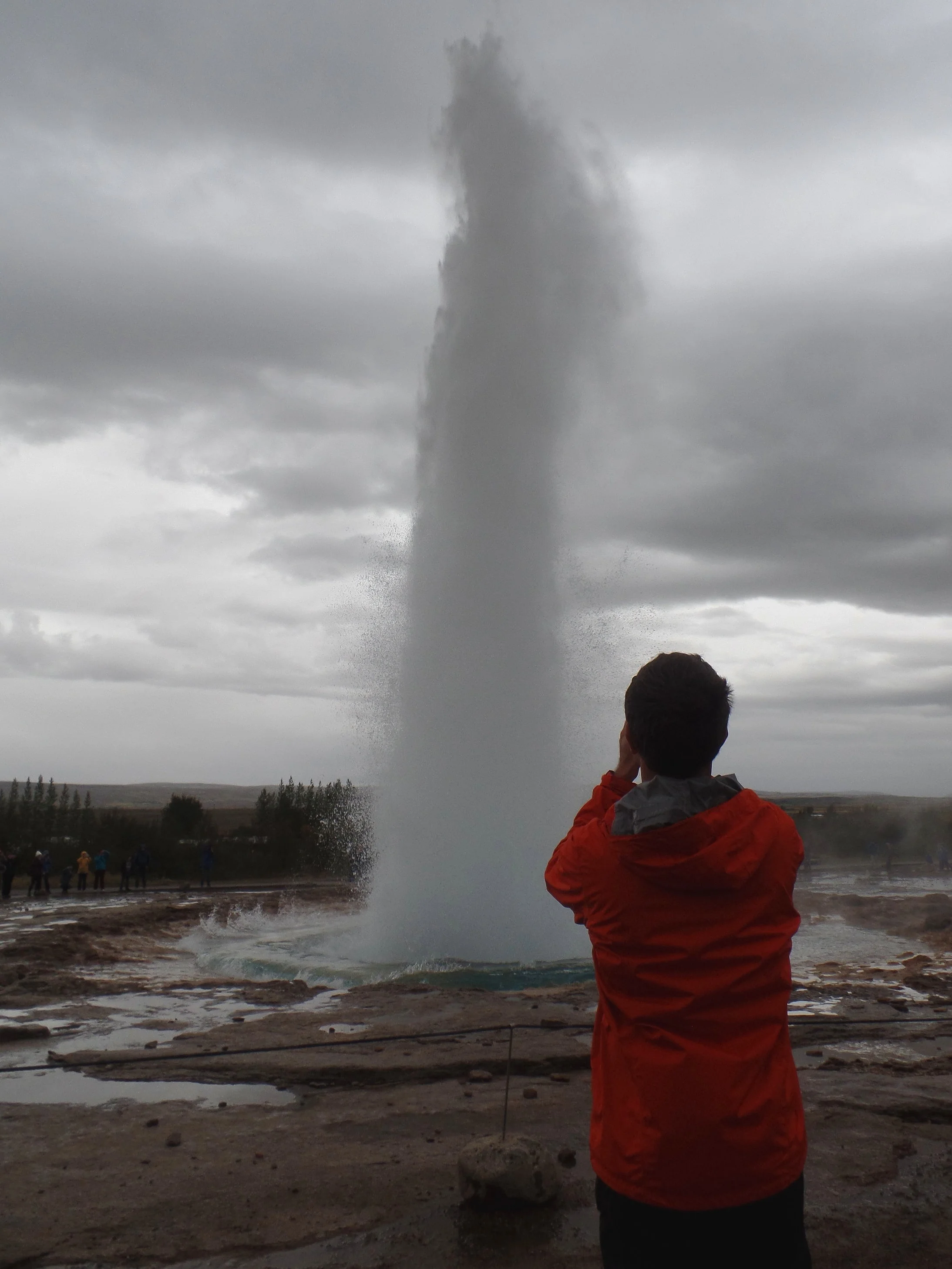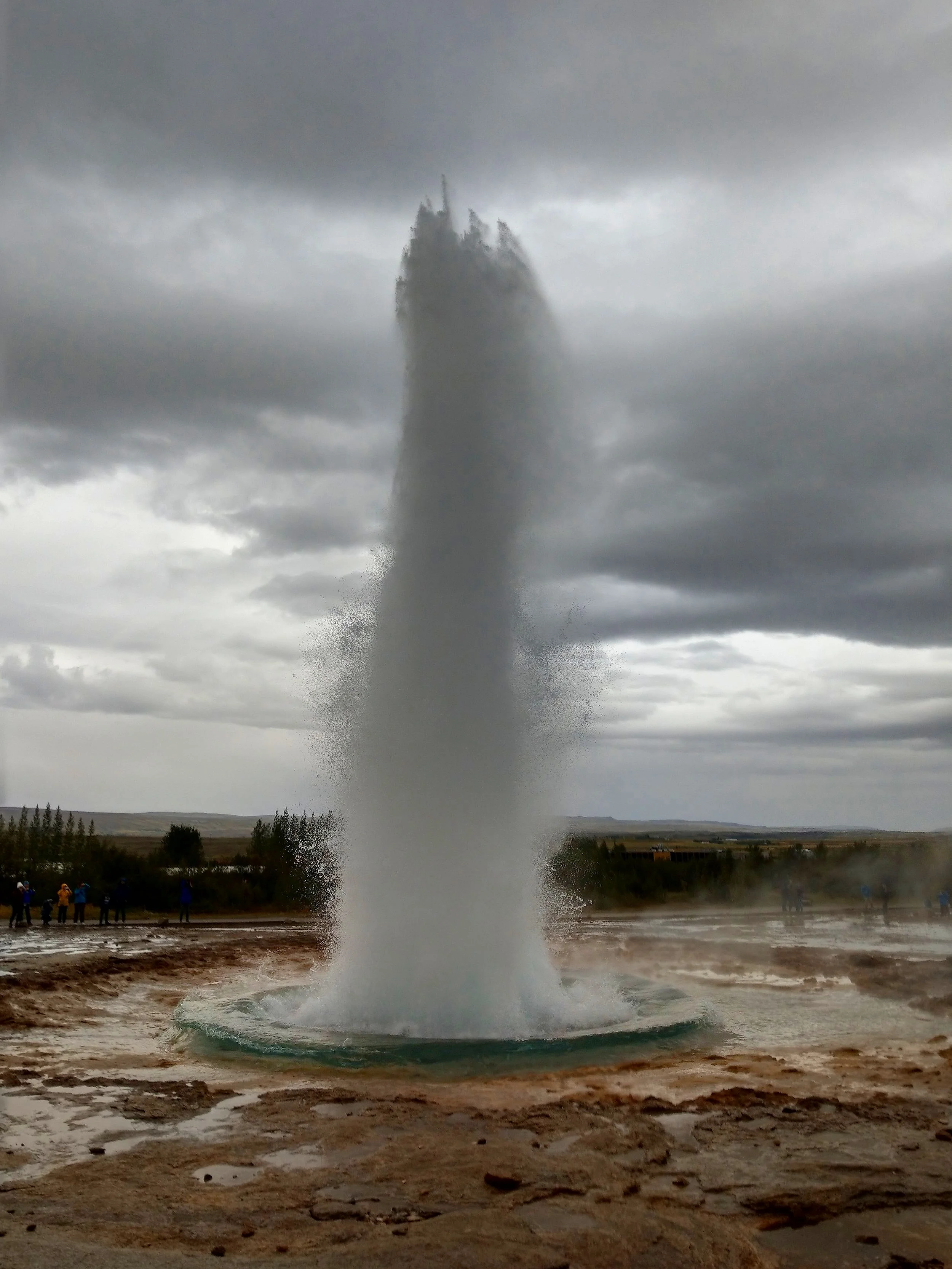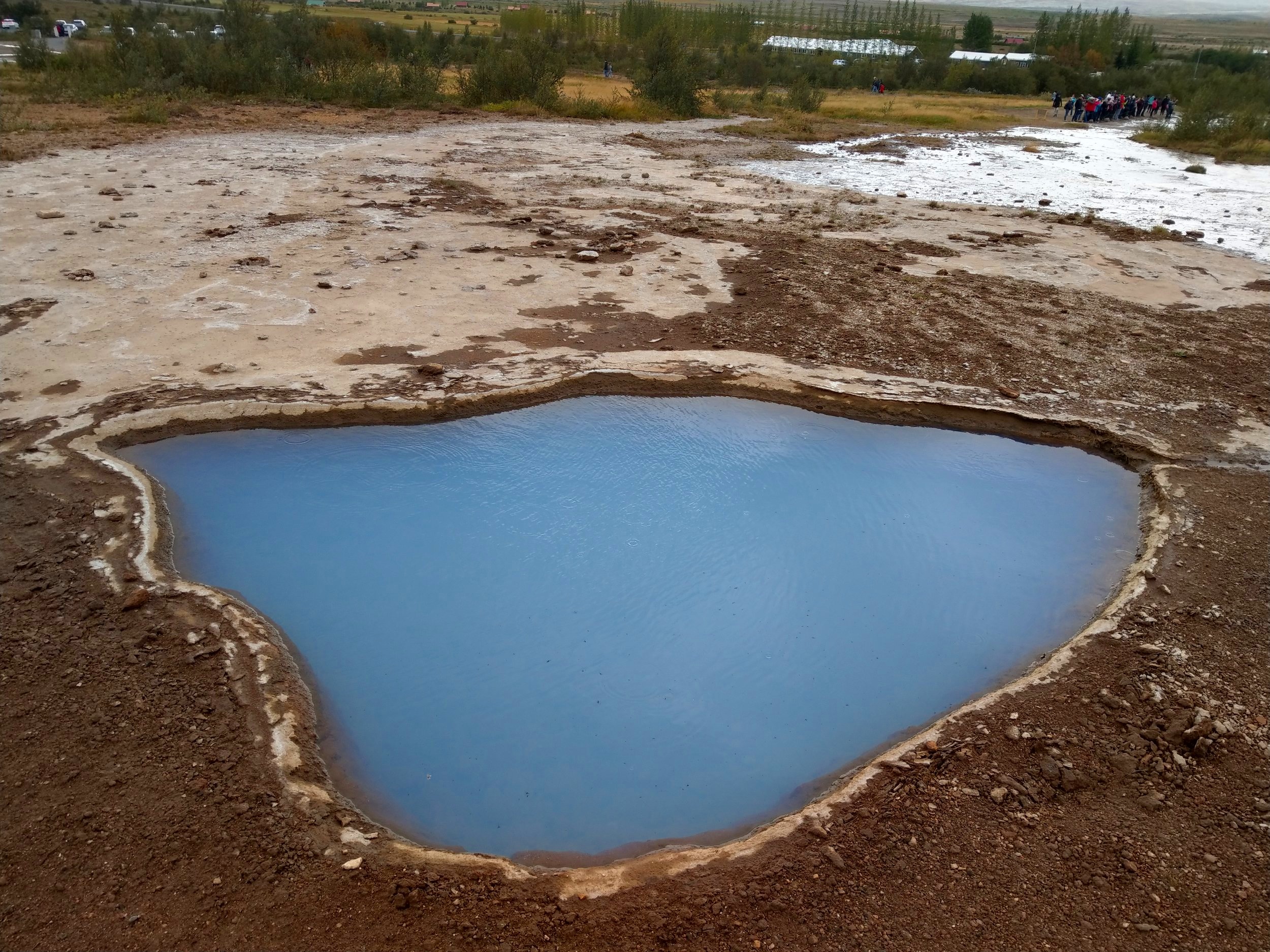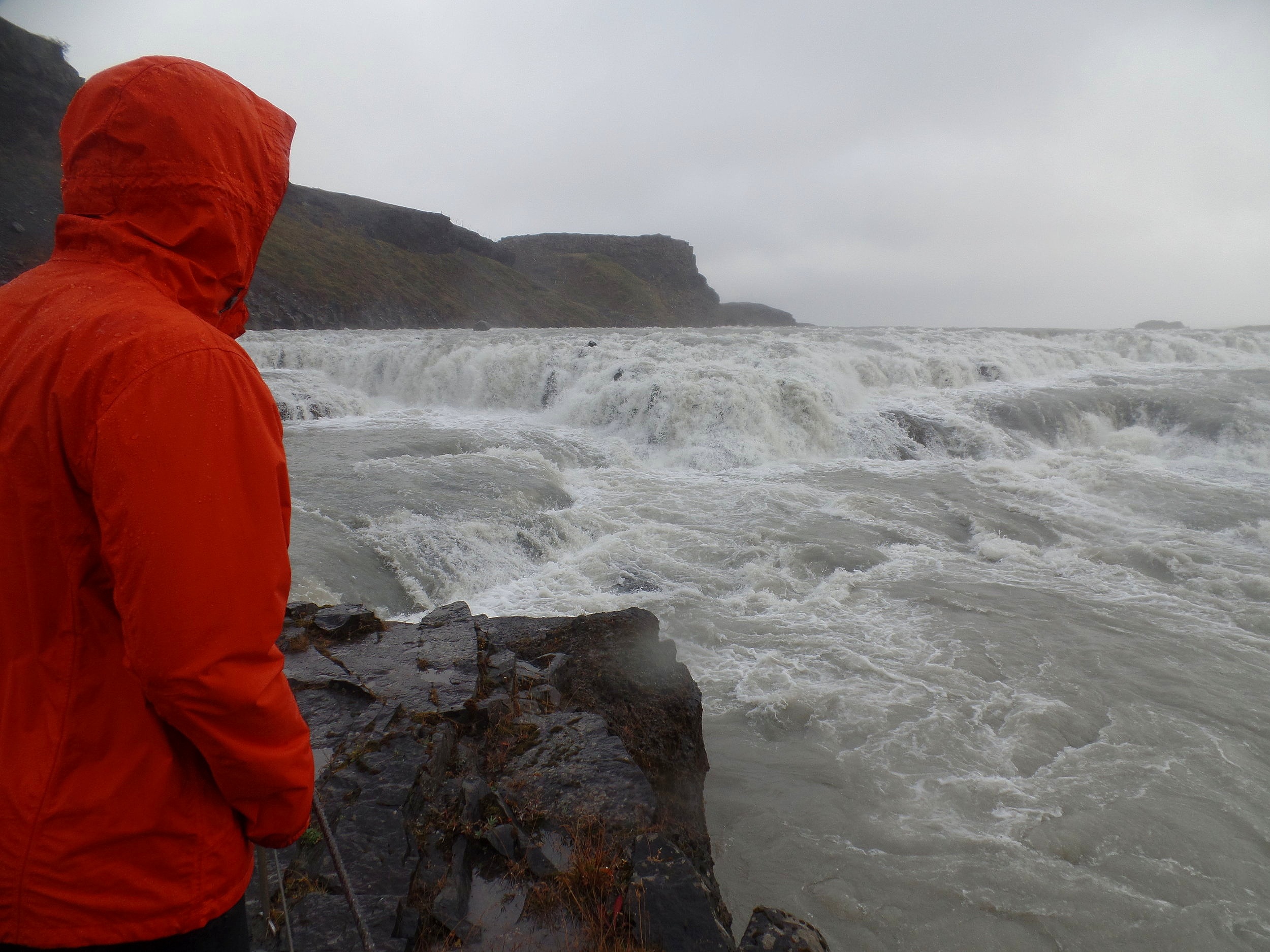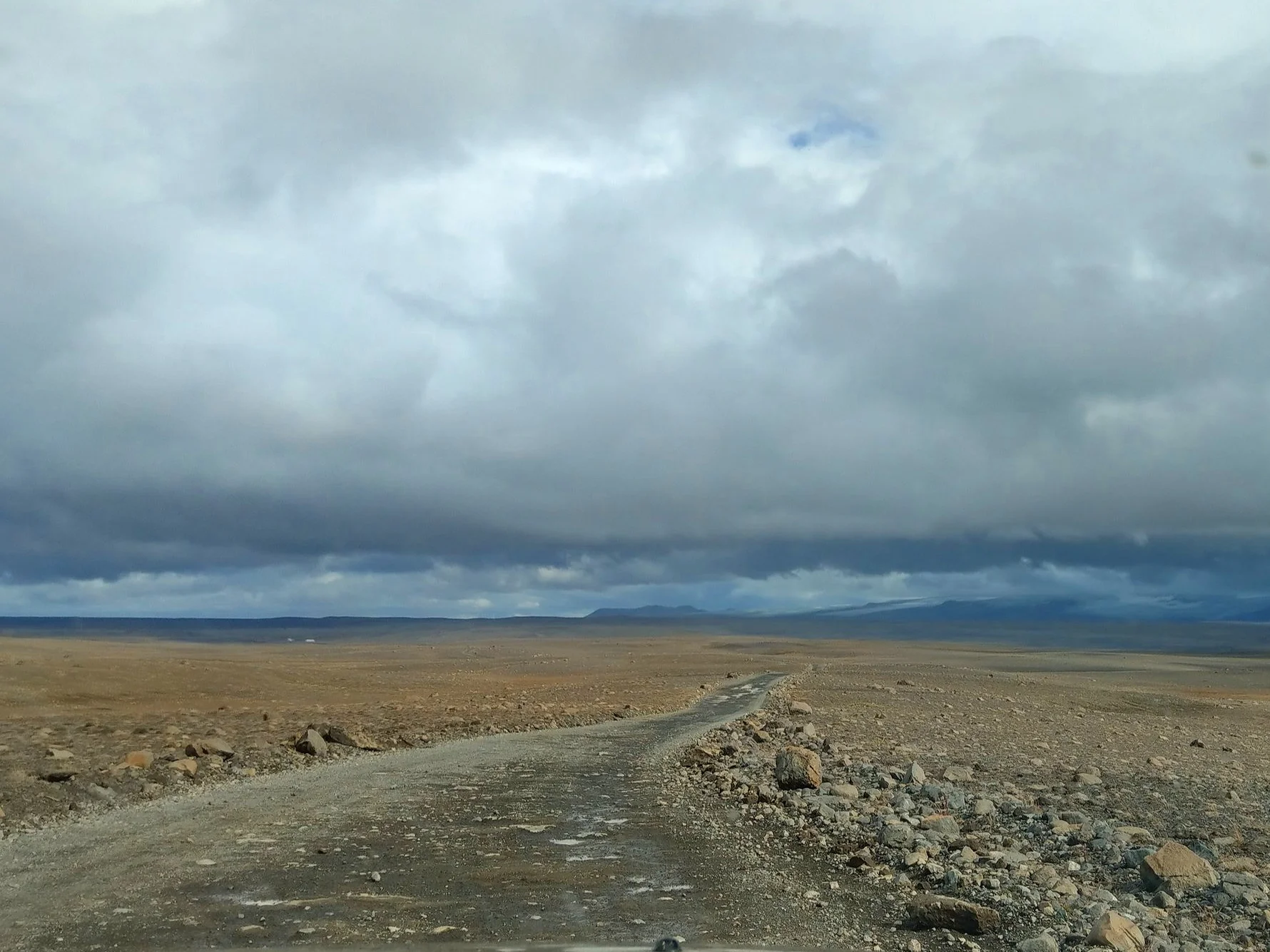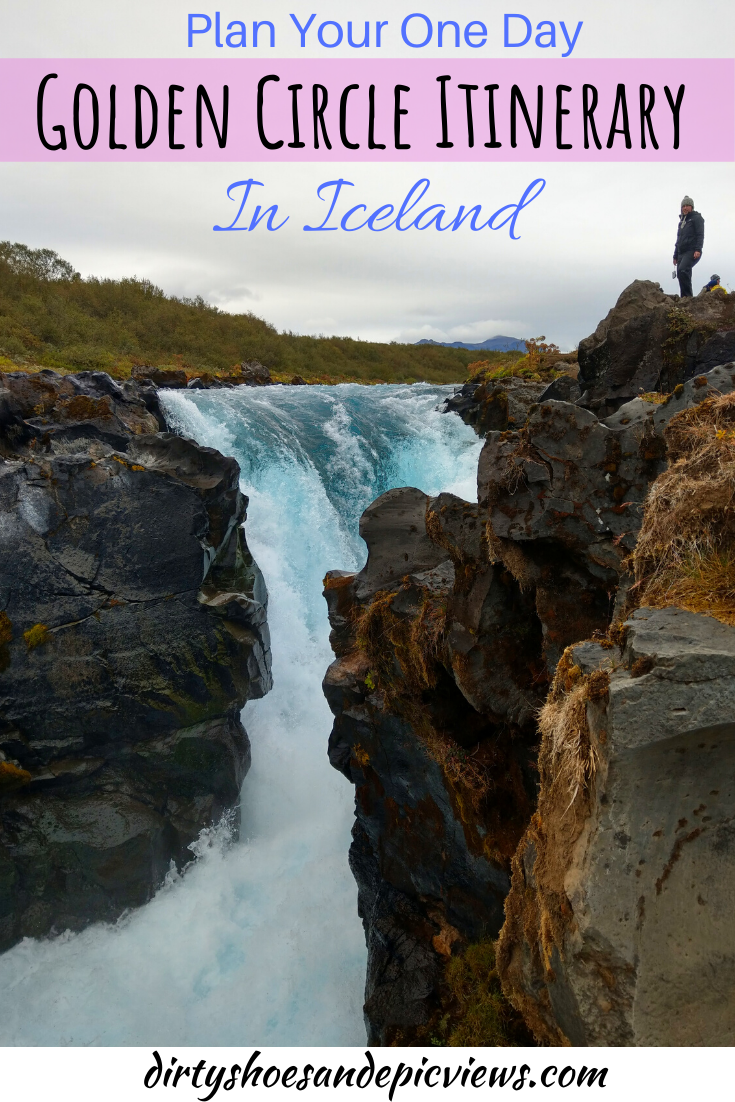The Best Stops Along Iceland's Golden Circle
The Golden Circle is one of Iceland’s most popular and well-visited areas. In just a day, you can experience famous waterfalls, exploding geysers, relaxing hotsprings, and volcanic craters. Yes, in just one day! What’s more, is it can be done as a day trip right from Reykjavik. No wonder it’s a go-to for most people visiting Iceland!
Thinking of putting the Golden Circle on your Iceland itinerary? Awesome! We’ll help you do just that.
Here, we’ll show you the best places to visit along the Golden Circle, and give you some helpful tips along the way to help you plan a perfect road trip around one of Iceland’s most popular routes. And at the end, we’ll give you our own two cents on whether we think a visit to the Golden Circle is worth the visit among all of Iceland’s incredible must-see places.
Article Contents
How to Visit Iceland's Golden Circle
Before we get into the good stuff… all the best things to do on the Golden Circle…let’s go over the logistics first, like how to get to the Golden Circle. That’s important, too!
Where is the Golden Circle in Iceland?
The Golden Circle is just a hop, skip, and a jump away from Reykjavik, Iceland’s capital and home base for many travelers, making it a super convenient destination. Even though it’s called the Golden Circle, it’s really more of a triangle-shaped route, and if started and finished in Reykjavik, comprises 245 km, or 152 miles, of gorgeous Icelandic scenery.
From Reykjavik, the first stop on the Golden Circle (Thingvellir National Park) is just 45 minutes away.
How long does it take to drive the Golden Circle?
If you’re starting and finishing in Reykjavik, the drive around the entire Golden Circle will take you about 3.5 hours. But, that’s just to drive it. You’ll of course be making several stops along the way, making the true time needed to explore the Golden Circle more like 7 to 8 hours, depending on how long you stay at each spot.
But, the key take home here is that you can absolutely experience the best of Iceland’s Golden Circle in just one day!
Visiting the Golden Circle: To take a tour or not to take a tour?
The Golden Circle is Iceland’s most popular tourist destination and is super accessible from Reykjavik, so it’s no surprise that there are TONS of guided tours that leave right from Reykjavik and shuttle people from highlight to highlight all along this route.
But if you’re up for it, we highly recommend renting a car and driving it yourself! You’ll have so much more flexibility to go where you want, when you want (to avoid crowds), and stay as long as you want to enjoy each new place.
Driving around the Golden Circle: The roads along the Golden Circle are paved and in good condition, and a 2WD car is all that will be needed. However, if you’re up for more adventure, at the end of this post we will give you some additional suggestions for places you can visit off the Golden Circle route that will require driving along Iceland’s F roads and can be visited as an add-on if you do happen to have a 4x4.
The only time we might suggest taking advantage of a tour is during the winter. Snow on the Golden Circle can start as early as October! So, if you decide to drive the Golden Circle in the winter and forego the tour, you’ll want to make sure you have a driver who’s comfortable driving in winter conditions, and consider using a 4x4 vehicle.
The best time to visit the Golden Circle
You can visit the Golden Circle any time of year! But like we said above, the winter might be tough on your own, as roads can get snowy and icy, so taking a tour rather than driving yourself may be a safer bet.
In terms of time of day? Crowds can get big at places along the Golden Circle, as you might expect. Tours bring busloads (literally) of people in around the clock starting somewhere around 9 or 10 am. So getting to some of the more popular places outside of the 9 to 5 hours would be best for crowd mitigation, but, if you’re doing the Golden Circle in one day, you’ll be on a schedule and you’ll catch the crowds at some point along your trip. Expecting them to be there will make you less disappointed when they are there, and much happier and surprised when they’re not!
Best Places to Visit Along Iceland's Golden Circle
Alright, so where to?! Well, the Golden Circle is best known for its three most famous destinations… Thingvellir National Park, the Geysir Hotspring Area, and Gullfoss. We’ll tell you about these spots, plus a few other ones that we think are super neat and worth your time!
Below is a map of the Golden Circle that indicates where each of these spots are located along the Golden Circle Route to help orient yourself.
We’ll introduce you to each of these spots, and give distances between each, in the order you would encounter them traveling the Golden Circle in a clockwise direction from Reykjavik.
Of course, this can be easily reversed and you can do the Golden Circle from either direction. Really, the only time it would matter which way you would go is if you were planning on continuing down the ring road along the southern coast. If that’s your plan, then going clockwise around the Golden Circle would just make more logistical sense. From Hveragerdi, the last stop on the Golden Circle, you can continue east along the ring road rather than return back to Reykjavik.
Tip: We suggest downloading Iceland google maps on to your phone before visiting so that you can easily plug these locations in on your Golden Circle road trip.
Thingvellir National Park
Thingvellir National Park is a UNESCO World Heritage Site, both for its historical importance and fascinating geological features.
Historically, Thingvellir was the location of what was essentially the beginnings of Icelandic government and the birthplace of many historically significant decisions and laws.
Geologically, Thingvellir is so special because it sits on the Mid-Atlantic Rift, the convergence of the North American and the Eurasian tectonic plates. So, each half of Iceland sits on different continental plates that are ever so slowly drifting apart! Like, 2 cm per year slow. And the cool thing about Thingvellir is that you can see it…it’s the only place where this rift is above sea level. In fact, you don’t just see it, but you can walk through it. Say what?! Yea, we said it’s pretty special.
A visit to Thingvellir National Park showcases both the historical and geological features that make this park so important. There are a bunch of interconnected walking trails that weave throughout the park, bringing visitors to the sites of key historical events, some of which have a violent past, remnants of old parliamentary buildings, and locations of past assembly sites.
A lot of the geological features that can be seen as you walk through the rift valley are formed as a consequence of the two tectonic plates moving apart, particularly ravines that are formed from earthquakes.
One of these features is a ravine called the Almannagja Gorge, a walking trail that weaves between two high walls that mark the eastern edge of the North American tectonic plate. (Haedagja, on the opposite end of the park, marks the edge of the Eurasian plate.)
Within the Almannagja Ravine, you can find the park’s only waterfall, Oxararfoss. While a beautiful scene, this waterfall represents a little bit of violent history, and the walking path towards the falls provides some informational plaques as you meander between the towering lava walls.
While you can walk through the Almannagja Ravine, there are plenty of ravines in the park that are actually filled with melting glacial water from the Langjokull Glacier located just north of the park. Before making its way into these ravines, the water gets filtered for years through volcanic rock, so as it collects in the ravines it is crystal clear.
The most famous of these ravines is Silfra, a famous dive and snorkeling spot. Yup…there’s diving in Iceland! Who knew? It’s one of the most famous places to dive, actually, not only because it allows you to swim between two continental plates, but because the crystal clear nature of the water means really good visibility, allowing you to get a super clear look at the geology around you. Of course, the water is absolutely freezing (you are in Iceland, after all), and to dive requires a dry suit certification. But several companies offer snorkel tours of Silfra as well for the less experienced.
In the southern end of the park is Thingvallavatn, Iceland’s largest natural lake, special for its rich vegetation and marine life due to minerals fed into the lake from the surrounding volcanic rock.
Getting to Thingvellir National Park: From Reykjavik, Thingvellir National Park is about a 45 minute (45 km) drive, and is found off route 36 along the Golden Circle.
Cost: While Thingvellir National Park is itself free, parking may not be.
There are 5 different parking areas around the park, labelled P1 through P5. P1 in Hakid is the main parking lot, hosting a visitor center with an exhibition center (requires a small fee), a cafeteria, a gift shop, and a sweeping overlook of the park from atop of the Almannagja Gorge. A trail from here leads down into the gorge and subsequently connects with all the other walking paths in the area.
A fee is charged to park at this lot (along with two others…P2 and P5) that starts at 750 ISK depending on the size of your car. A machine that takes card is placed in the lot or you can pay online. Cameras are placed at the parking lot entrances to cross check your plate with the payment system.
The P3 lot, which is just a few minutes down the road from the P1 lot, is free to park and provides direct access to Oxararfoss. A short trail, 2 km round trip, brings you from this parking lot through a part of the Almannagja fissure and ends at the beautiful falls. From this trail, you can connect to other trails that weave through the rift.
Bruarfoss
Ok, this stop is an “unofficial” stop along the Golden Circle, but, in my humble opinion, was the BEST stop along the Golden Circle!
Bruarfoss is part of the Bruara river and is most notable for its extremely blue water. The river is fed by melting water from the Langjokull glacier. And guys, it’s so blue. Pictures don’t quite do justice to the milky sky blue color that it is!
An extra bonus is that you get two more beautiful blue falls on your way to Bruarfoss. Three for the price of one!
On this hike, the three falls you’ll get to see are:
Hlauptungufoss (huh?)
Midfoss (ok, much better…)
Bruarfoss (I think I know how to pronounce this?)
Very few, if any, tour operators stop here along the Golden Circle, so a visit to Bruarfoss will help you to escape some of the bigger crowds seen at the more popular places along the circle, and will allow you get a small taste of Icelandic wilderness through a short hike.
Getting to Bruarfoss requires a 7 km (4.4 mi) roundtrip hike down an out-and-back trail, but it’s mostly flat and very easy and your whole visit here can easily be done around two hours. For the majority of the hike, you’ll be on a path that follows the Bruara river, although for small sections it weaves through small brush.
A little more than half way into the hike, you’ll come to Hlauptungufoss (that’s a mouthful!), the first of the three falls. It’s a short but powerful falls and the first time you’ll see that beautiful blue water that makes this river so special.
Next up, after another half of a kilometer, is Midfoss (finally, a name I can pronounce!), the second of the falls. It’s more of a series of short cascades, but the what this fall lacks in height and power, it sure does make up for in color. This section of the river was the bluest we had seen that day, and we couldn’t get over it!
After midfoss, you’ll have 1.5 km until you reach the grand finale…Bruarfoss. Bruarfoss is a series of smaller falls that form together in a U-shape to make one big spectacular falls. A wooden bridge spans the river here so that you can get an amazing shot straight down this waterfall.
A small path on the far side of the bridge cuts down to the bank so you can get up close.
Getting to Bruarfoss: From Thingvellir National Park, it’s a 40 min (45 km) drive to get to Bruarfoss. The parking lot is off of route 37 along the Golden Circle on the left-hand side of the road.
The real parking lot has no sign indicated that it’s parking for Bruarfoss (there’s only a small sign where the trail starts). It’s a small parking lot with no services or bathrooms, and midday, you might find yourself having to wait for an available spot like we did.
Cost: Completely free! (Can I get a what what!)
Geysir Geothermal Area
Next up on your Golden Circle itinerary is a favorite stop among many tourists, the Geysir Geothermal Area in the Haukadalur Valley.
Geysir is home to one of the world’s most famous geysers, called, unsurprisingly, Geysir (I’ve never used the word geyser so many times in one sentence). This was actually the first geyser ever described in print, and the reason for the general term of geyser! However, Geysir is mostly dormant now, reawakening only every few years.
Instead, another geyser, Strokkur, steals the show today. This geyser, just a quick walk from the parking area, is very active, and as such, is probably the most well-known geyser in the country. It shoots up water 100 feet into the air approximately every 5 to 10 minutes, so it’s hard to miss. No waiting around for hours for this guy!
In addition to Strokkur, there are tons of other features to see here, with enough bubbling mud pits, steaming vents, and hot water pools to make any budding geothermal enthusiast happy.
Getting to Geysir: To get to Geysir from Bruarfoss, you’ll drive 15 minutes (16 km) down the road, which will connect with route 35. You can’t miss it. On your right will be the main parking area with an informational center, restaurant, gift shops, gas, and bathrooms. The geothermal area is directly across the street.
Cost: Another free one!
Gullfoss
Gullfoss is an iconic Icelandic waterfall and one of the best places along the Golden Circle. Known as the “Golden Waterfall” for its supposedly golden tinge on sunny days, Gullfoss is Europe’s largest volume waterfall, and this fact is no surprise when you stand next to it and experience its force.
Gullfoss sits along the Hvita River that flows from the Langjokull glacier. It’s actually a two-tiered fall, and a walking path will take you right up close to both.
Keep in mind, you WILL get wet here. The spray from this fall is no joke, and if you go the final viewing platform, you’ll get drenched. Make sure you wear adequate rain gear! Because of the spray from the falls, the rocky paths also get very wet and slippery.
Getting to Gullfoss: Gullfoss is at the top point of the Golden Circle Triangle. From Geysir, follow route 35 up about 10 minutes (10km).
There are two parking lots that will be on your right. The first lot has no facilities or services, but there’s a short flat path that walks directly out to the viewing platform at the top of the falls. The second lot is the main parking area that has a restaurant and gift shop. You can overlook the falls from here, but you’ll have to walk down a set of stairs to get to the viewing platform at the top of the falls.
Cost: Free! Although you may have to pay to use bathroom facilities at the top parking lot.
Kerid Crater
Kerid Crater is a lesser visited, but no less awesome, stop along the Golden Circle route. It’s a relatively young volcanic caldera known for its red and green colors due to fresh mineral deposits and growing vegetation. A blue lake sits in its crater in striking contrast to the reds and greens that surround it. A trail traverses the entire rim of the crater, while another brings you right down to the lake.
Getting to Kerid Crater: From Gullfoss, the drive to Kerid Crater is about 45 minutes (56 km) along route 35 heading back towards the ring road. You’ll see the small parking lot to your left. There are no facilities here, just a payment booth.
Cost: The crater sits on privately owned land, and you’ll have to pay a modest 400 ISK entry fee per person to support its maintenance.
Hveragerdi Geothermal Park
Our last stop around the Golden Circle brings us to Hveragerdi, known as the hotsprings capital of the world. Hveragerdi is a small town situated in a geothermal hotspot, with camping, accommodations, shops, cafes, museums, hiking trails, and a visitor center…and with hotsprings and geothermal hot spots literally in people’s backyards. As you drive along the ring road, you can actually see all the smoke rising out in the distance from the hotspring field spread out around the area.
Within this town is the geothermal park, allowing you to view some of these hot spots safely, and partake in some activities. This site gives you a very good overview of all the things you can do in this unique little town.
A popular activity is hiking along the Varma river into the Reykjadalur Valley. The river is fed by hot springs, and after about an hour walk through the valley, you’ll come to a section of the river that’s a natural hotspring that’s “cool” enough for getting in!
Getting to Hveragerdi: From the Kerid Crater, continue along route 35 until you hit the ring road. Take a right, and the road into Hveragerdi will be on your right after about 10 minutes. The drive from Kerid Crater is about 20 minutes (24 km).
Cost: Free to walk around, but you can pay to boil in eggs in the hot spring water (sounds cool!) and to try hot spring bread!
And that, my friends, completes the one day itinerary bringing you to all the best stops along the Golden Circle! From Hveragerdi back to Reykjavik, it’s a simple 40 minute (47 km) drive along the ring road.
But, if you’re looking for a bit more…
Detours Along the Golden Circle
If you’re looking for more of a relaxing activity, this highly geothermal area is filled with natural hotsprings. We didn’t visit any, but two that may be worth checking out are the Laugarvatn Fontana Geothermal Hot Baths, and the Secret Lagoon, less visited versions of the famous Blue Lagoon.
If you’re up for more of an adventure during your time on the Golden Circle, you have some options! But, you’ll need a 4x4 because these locations are located down F roads that emanate off of or near the Golden Circle. F roads are rough gravel roads that go into Iceland’s interior highlands (aka truly the middle of nowhere!). They’re long, washboarded, filled with potholes, and can get mentally exhausting to drive. But if you can manage it, the destinations are worth it!
Of note, these F roads close around mid-September each year for the winter, so driving there on your own can only be done in the summer. However, Super Jeep tours go to each of these locations in the winter. You might not be able to hike in these areas during this time, but you can still take in their natural beauty!
Landmannaluger
The first worthy detour off the Golden Circle is to Landmannalauger, a hiker’s paradise located deep within the central highlands. Landmannalauger sits at the edge of an old lava flow amidst colorful rhyolite mountains that are still geothermally active.
You can choose to do one of several hikes in the area to get amazing views of some of the most wild scenery we have ever seen. And at the end of the day, you can relax in the People’s Pool, a natural hotspring.
A common place to stay before heading out to Landmannalauger from the Golden Circle is Fludir. The drive from Fludir to Landmannalauger is roughly 2 hours, the last half of which is on a rough gravel F road.
Kerlingarfjoll and the Hveradalir Geothermal Area
The second detour off the Golden Circle is to Kerlingarfjoll, a geothermically active mountain range in the Icelandic highlands that contains the super picturesque Hveradalir geothermal area.
To get here, you’ll continue driving along route 35, past Gullfoss on the Golden Circle. The road will eventually turn into F35, becoming a rough gravel F road that you’ll drive on for just over an hour before seeing the sign to turn right for Kerlingarfjoll. After about 15-20 minutes on this road, you’ll arrive at your destination.
You can visit Kerlingarfjoll on a day trip from the Golden Circle, or stay at the Kerlingarfjoll mountain resort and spend the night. From the resort, you can hike or drive to Hveradalir, a highly geothermally active area that is quite reminiscent of the Landmannalauger landscape.
Learn from our mistake! We unfortunately didn’t visit Kerlingarfjoll on our trip. We had every intention to, though. We made the long drive out there down F35 and came to the turn for the road for Kerlingarfjoll. However, we knew we were looking for a place that started with an H, and there was another sign that pointed us further along F35 to get to a place called Hveravellir. We mistakenly thought this was the geothermal area associated with Kerlingarfjoll, and continued driving further up F35 instead of making the turn toward Kerlingarfjoll. Oops.
So instead of making our mistake, take this right hand turn! You’re looking for Hveradalir, not Hveravellir! And check out this post to learn all about the hiking and accommodations in Kerlingarfjoll from people who did it right.
Hveravellir
On the brightside, we did end up in Hveravellir, another geothermally active area in the central highlands. It’s just over a 2 hour drive from Gullfoss down F35. There’s a small parking area, with a small restaurant, accommodations, and space for camping. There are bathrooms but you have to pay to use them here.
Hveravellir is a large geothermal area with a geothermal pool, walking trails that weave you in and out of bubbling mud pits and steaming vents, and longer trails that take you through expansive lava fields. It wasn’t what we were expecting to find, but it was still pretty cool, and you still get to experience the sense of isolation and vastness of being out in the middle of nowhere. The drive itself through the vast volcanic landscapes to get to these destinations is an adventure on its own!
Where to Stay Along the Golden Circle
The good thing about the Golden Circle being so popular is that there are plenty of accommodations along the way.
Some common places to stay include:
Reykjavik: Many people just base themselves in Reykjavik and travel the Golden Circle as a day trip.
Selfoss: Selfoss is another great spot to stay in if you plan on continuing along the Ring Road or along the southern coast.
Fludir: Fludir is a good place to stay if you plan on taking the detour to Landmannaluager.
And of course, there are accommodations all along the Golden Circle route, near each of the locations we listed in this post. We recommend checking out booking.com to find places to stay along the Golden Circle.
There is plenty of camping as well, which is what we did. We recommend checking Inspired by Iceland for an up to date listing of all campsites in the area.
During our trip around the Golden Circle, we stayed at the Geysir campground and at the campground in Selfoss. The Geysir campround was nice, but it was a little pricier, had no indoor seating facilities (just an outdoor washing station) and charged for use of Wifi and showers. We liked the campground in Selfoss much better, as it had an indoor kitchen and seating area, free Wifi, and free showers! And it was a tad bit cheaper.
Is the Golden Circle Worth It? Our Take...
The Golden Circle is the single most popular tourist route in Iceland. And it’s no surprise…it’s simple to get to from Reykjavik, can be done in one day, has hundreds of tours operating throughout it, and has a diverse sampling of the geological features that make Iceland so great.
Our honest take on the Golden Circle is that we found it a little bit underwhelming. Maybe it had to do with the gloomy weather we had that day, or the fact that we had seen so much more of Iceland that the things along the Golden Circle felt overshadowed. But our initial impressions after having completed the Golden Circle was that it kind of felt a lot like driving through a place like Yellowstone in the states. The scenery and the crowds made me feel more like I was in a National Park back home than in Iceland.
This isn’t to say the attractions along the Golden Circle aren’t cool and worth a visit, because they are! The crazy blue waters of Bruarfoss, the power felt when standing next to Gullfoss, and the startle you get when Strokkur suddenly goes off without any warning are all things worth experiencing!
But, we would suggest not making this your priority. Many many people recommend the Golden Circle for people who are in Iceland for just a few days, or a long weekend. What would I suggest? Go along the southern coast instead, or spend those days in the highlands. To me, anyway, these locations offer incredibly epic adventures that are super unique to Iceland. And if you have an extra free day at the end, use it to check out the Golden Circle.
We hope this helps you and that we’ve given you some cool spots to put on your Golden Circle itinerary! Anything else you wanna know? Ask us below!
